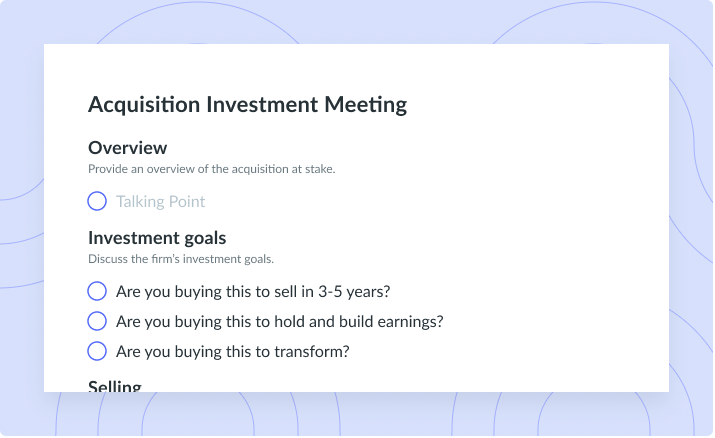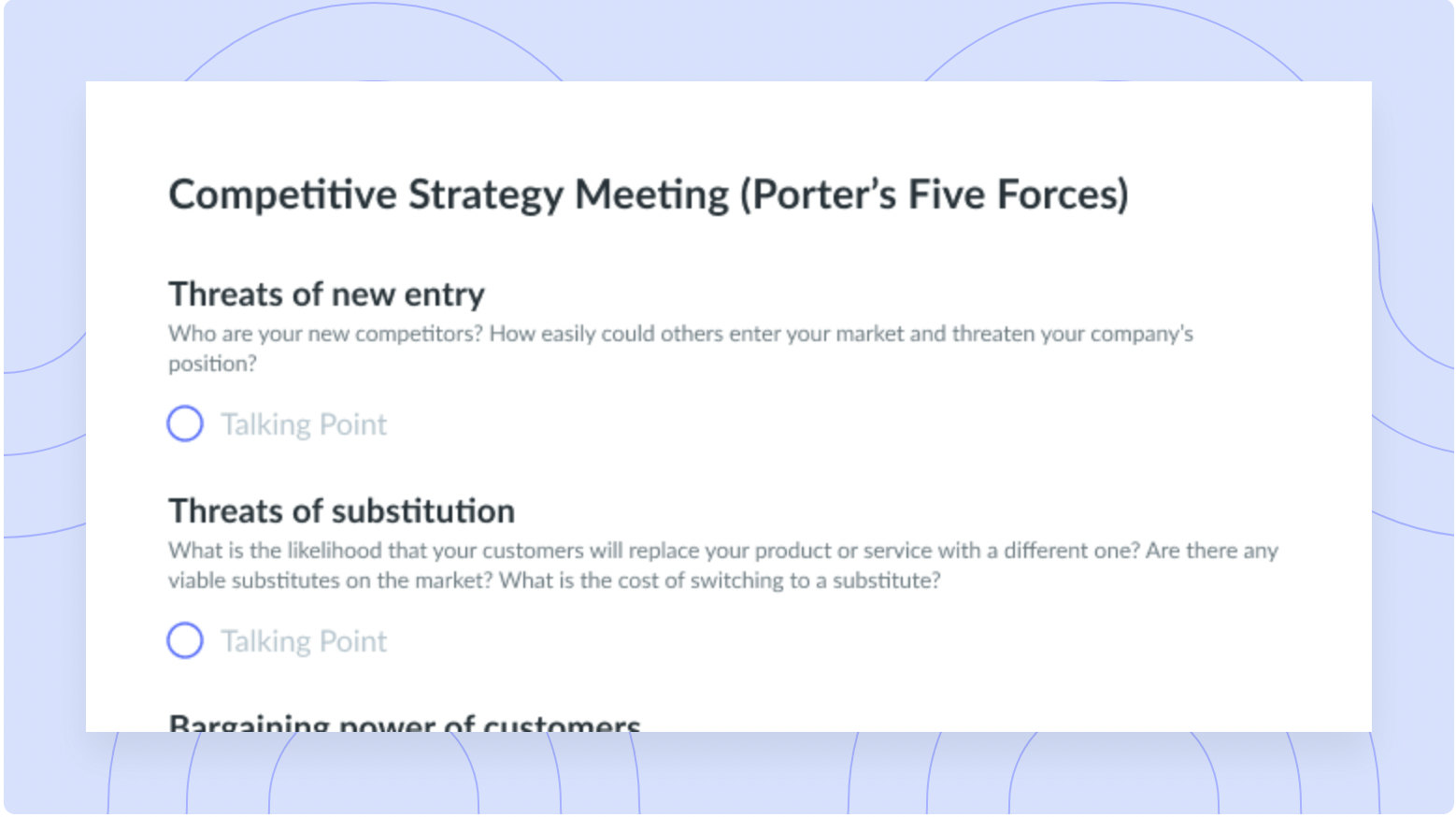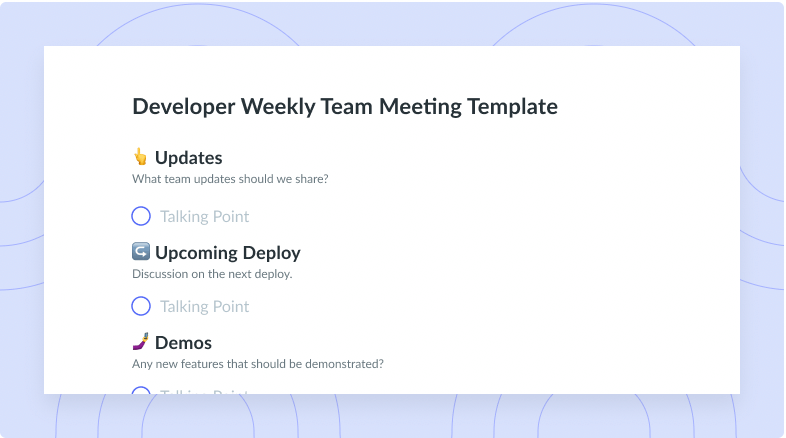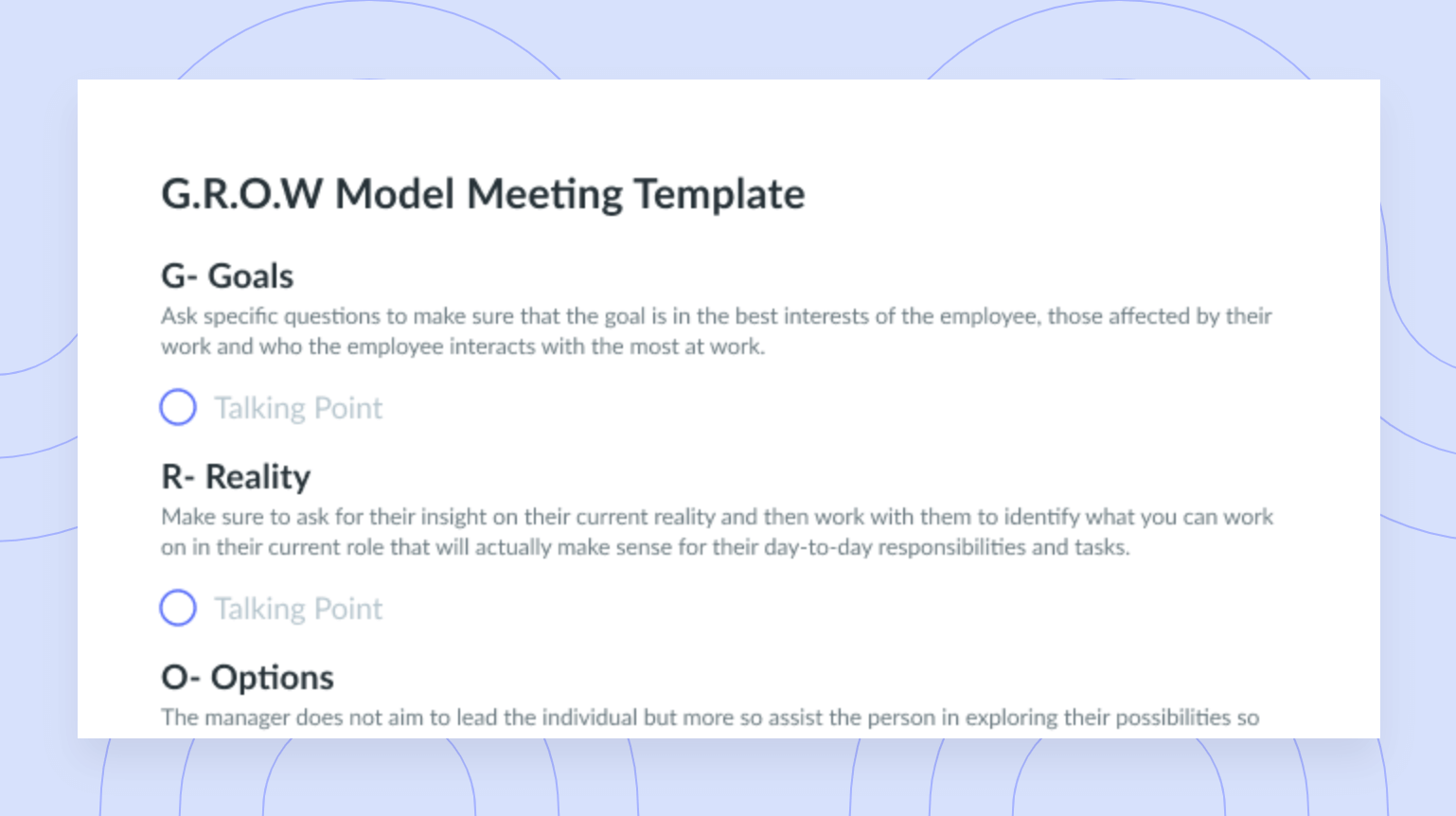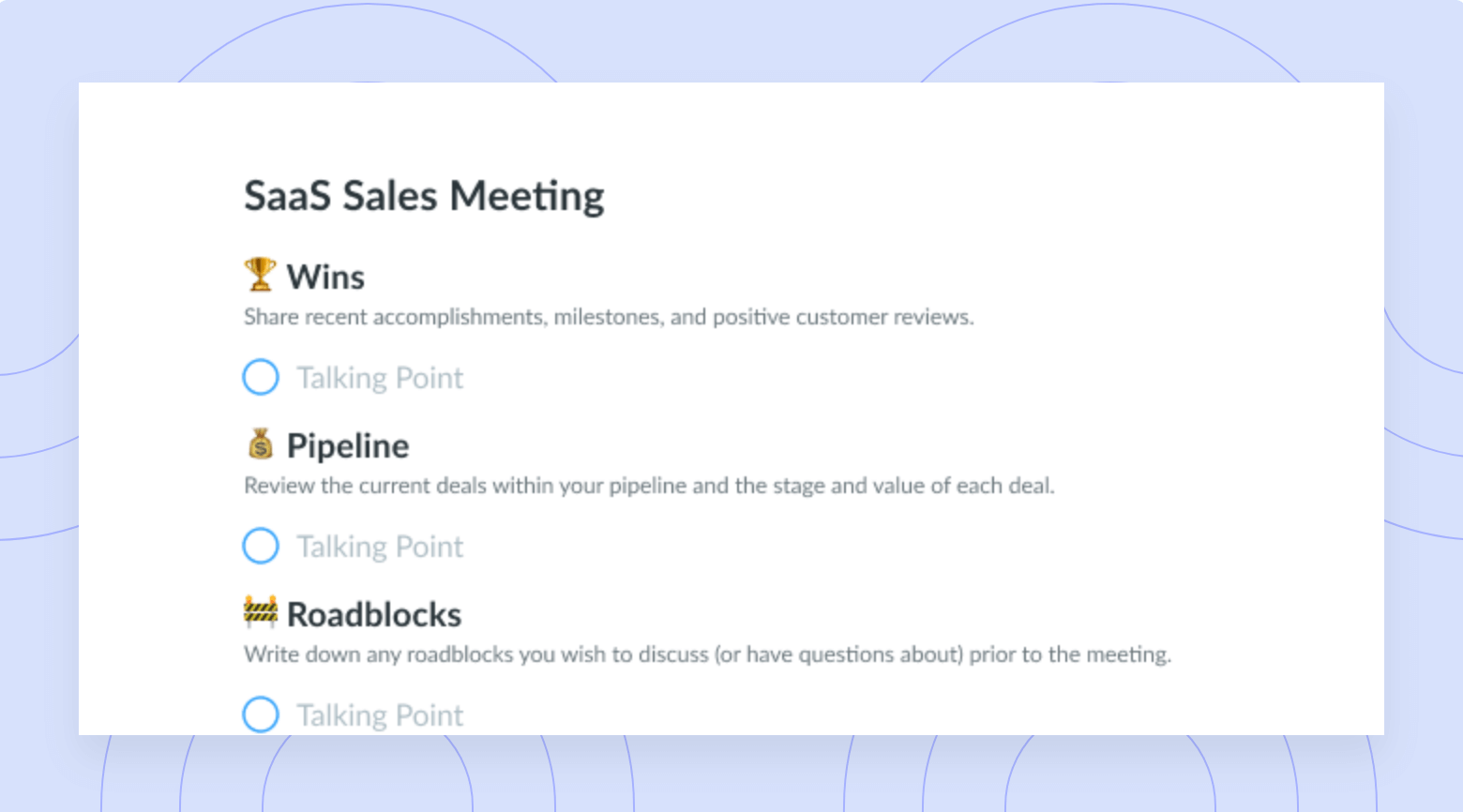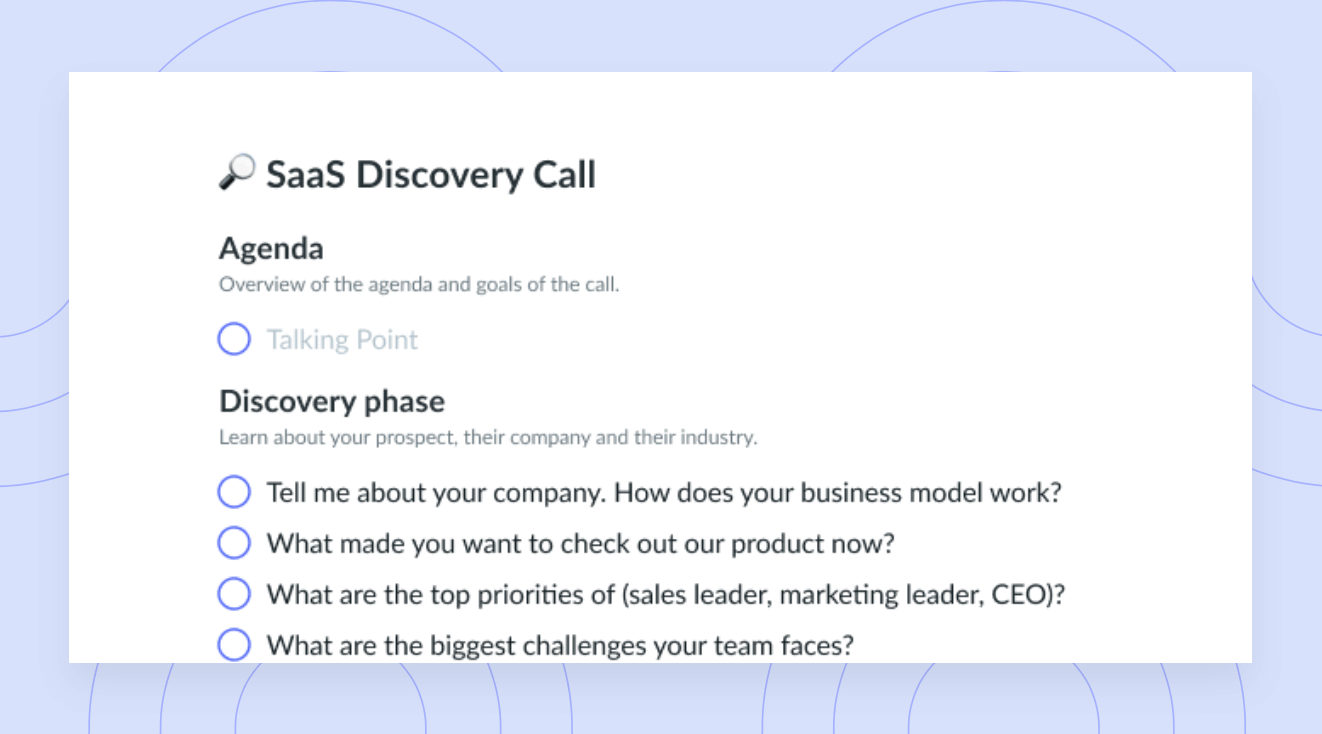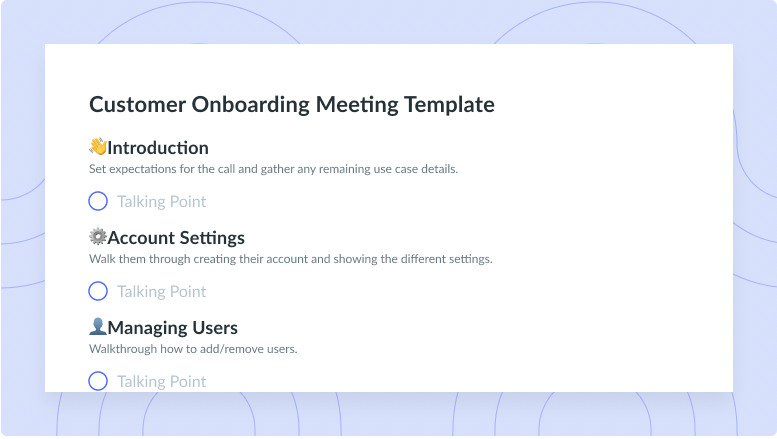Lean Methodologies: The Fundamentals, Importance, Pros & Cons
Learn about how the Lean methodology is a tried and true method for pinpointing excess and cutting waste.
Just like some people prefer their meat with the fat trimmed off, some project managers constantly seek ways to remove the metaphorical fat from production processes. But unlike a juicy steak, the unnecessary parts of a production process might not be as obvious. That’s where the Lean methodology comes in.
The Lean methodology is a tried and true method for pinpointing excess and cutting waste. However, as with all fat-trimming, there’s always the possibility of overdoing it.
- What is the Lean methodology?
- The history of the Lean model
- The 5 core principles of Lean methodology
- Advantages of the Lean model
- Disadvantages of the Lean model
What is the Lean methodology?
The Lean methodology (yes, that’s a capital L) emphasizes continuous improvement and respect for people to eliminate any processes that bring no value to your final products or services. It removes unnecessary components from your production process – that’s why it eventually got the name Lean methodology.
However, the Lean methodology wasn’t born with this name. In fact, it was popular for close to four decades before it earned its current title.
The history of the Lean model
Today, Lean methodologies can be found in all industries, but the principles of Lean date back to just one company.
Toyota developed the Lean manufacturing model in the late 1940s. The goal of this model was to reduce all processes that didn’t affect their products’ value.
Needless to say, Toyota’s Lean model proved extremely successful. It resulted in substantially more productive and efficient processes with lower cycle times (the amount of time the manufacturing process takes). And it’s hard to say definitively, but Toyota’s Lean model might be one of the reasons it’s such a household name today.
Toyota’s success with Lean methodologies largely explains why other businesses in other industries have been quick to adapt the model. However, it wasn’t until four decades of use beyond Toyota that John Krafcik, who’s now the CEO of Google’s Waymo self-driving car project, gave Lean its name. Once he titled his 1988 article on the model “Triumph of the Lean Production System,” the history books were written.
The 5 core principles of Lean methodology
No matter why, how, or where you’re using Lean methodologies, the same five core Lean principles apply. The sole exception to this rule is Lean software development, for which there are seven rules. For purposes of this Lean guide, though, we’ll stick to the more ubiquitous five rules, which still have immense value for software developers even if it’s two short from that process. These five core principles are:
1 Identify value
When you bring products or services to the market, you’ve determined that customers will indeed pay for your products. Lean methodologies emphasize focusing solely on the parts of your solution that directly address your customers’ needs.
You’ll know you’ve properly identified your value if your final product meets the customer’s requirements exactly when and how the customer desires.
2 Map the value stream
When you map the value stream of your products or services, you can best trim the unnecessary parts of your existing process.
To map your value stream, you’ll create a logical flow of every person and action needed to bring your product to your customers. This way, you’ll know how much value each person or action brings to the final product. You’ll also know which people oversee which actions. With all this information in hand, you can identify processes that bring no value to your product and eliminate them.
3 Create a continuous workflow
With your value stream mapped out, you may come to realize that each step of your production process has its own little bits of “fat” to trim. As you take a near-microscopic look at each step and find ways to cut its waste, you create a continuous workflow.
As you create your continuous workflow, cross-functional teamwork will become important – people with different roles will wind up collaborating. To streamline this teamwork while detecting and eliminating inefficiencies, try grouping collaborators into small teams. Look at what tools these teams use and how they’re used to determine which tools can be eliminated or relied on less.
4 Establish a pull system
It’s easy to think of the manufacturing cycle as a never-ending process, as machines pumping away endlessly under human supervision. In reality, this endless production would generate exactly the kind of waste that Lean methodologies seek to avoid. Pull systems put a stop to that.
Pull systems are basically the opposite of your value stream. They’re your way of “pulling work” – creating products – only after your work is requested. It’s kind of like buying only one box of mixed greens for your week of lunch salad prep – if you bought more, it would spoil, and you’d lose money. With a pull system in place, you’ll create and deliver products in quantities that correspond to demand.
5 Aim for continuous improvement
Although the previous four core principles establish your Lean system, they don’t finalize it. Production is full of variables, and problems could unexpectedly emerge. The principle of continuous improvement aims to nip these problems in the bud before they escalate.
A great way to achieve this goal is through daily stand-up meetings where team members say what they’ve done, what they’ll do soon, and what challenges might occur. This way, your team can collaborate on process improvement each and every day.

Pro tip
Use a meeting management tool like Fellow for your daily stand-up meetings! You can collaborate and keep everyone up to date with your tasks, ideas, and action items.

Advantages of the Lean model
If you establish a Lean manufacturing process, it comes with all kinds of advantages that bolster your business. Here are some reasons you might want to transition your company to the Lean model.
1 Lower costs
When you eliminate waste, you lower your costs. Sure, you only have so much power over variables like the cost of raw materials that are out of your control, but dropping certain steps from your process is a surefire way to save money. And that, of course, means more profit.
2 Better customer interactions
Customers love being heard and feeling valued. The Lean model facilitates this customer experience since your customers largely determine the values you identify. An open line of communication between customers and your team both helps you cut unnecessary processes and meet the customer right where they’re standing.
3 Pull instead of push
In the salad example mentioned earlier, a push approach might entail buying your leafy greens in far greater quantities than you actually need. Sounds wasteful, right? Lean pull systems instead prioritize creating only what your customers will actually use. The result is less product sitting unsold and thus more cash flow for your company.
4 Fewer production errors
Every step of the production process introduces the possibility of errors. Since Lean organizations and project managers work to eliminate needless processing steps, fewer errors should result. That means higher-quality products for your customers, who will be happier.
5 Constant improvement
Stagnation is unexciting, and decline is even worse. Lean’s waste elimination model, though, sets up an improvement culture based on your customers’ needs. With these needs clarified, you can identify more values in your products and refine your offerings to best satisfy your customers.
6 Boosted employee morale
To achieve constant improvement, employees should get a say in their processes. Lean methodologies are thus conduits to having your team feel more involved in and connected to your work. That means higher employee morale, which in turn means more committed employees and thus higher-quality output.
7 A more productive, efficient team
The employee morale that Lean methodologies foster is more than just rainbows and butterflies (and, yes, high quality). It’s also a predecessor to higher productivity and efficiency. Happy, motivated team members work harder and faster – and they enjoy it too.
Disadvantages of the Lean model
Just like all good things, Lean methodologies aren’t quite perfect. It’s possible that the below problems will emerge as you try out Lean project management:
1 Inventory issues
Lean ideologies prioritize waste elimination, which introduces a tricky balance of ordering from your suppliers on time and getting solely the right amount of products made. As such, a supplier delay could have an outsize impact on your inventory since, unlike non-Lean organizations, you won’t have spare products ready to go.
2 Transition issues
As with any big change, adjusting to Lean could take some time and, at first, introduce some errors. Employees not used to Lean may initially fail to pay close enough attention to your processes to easily identify and eliminate waste. And longtime employees used to other approaches may dig their heels into the ground and remain steadfastly tied to their old ways.
3 Upfront expenses
Companies new to Lean often make the transition with new software, equipment, and training programs. That’s a lot of money to spend upfront, but the cost savings of waste elimination may pay for these initial expenses over time.
4 May introduce over-structuring
Lean methodologies mean boxing your production steps into individual capsules and eliminating those with no value. Project managers not used to the Lean model may be tempted to outline the production process with an overabundance of these capsules. The result is over-structuring that can actually introduce more waste – and if you know anything by now, you’ll realize that’s the opposite of Lean.
Think hard about Lean methodologies before implementing them
There’s a reason (or, more accurately, many reasons) Lean methodologies have become so widespread. Their waste elimination can enhance your value and lower your costs, and this combination is great for your profits.
However, just because Toyota and a bunch of other companies have used Lean methodologies successfully doesn’t immediately mean they’re right for you. Yes, the Lean model is powerful and effective, but not every promising business tactic fits every company. However, if you do decide to become a Lean organization and host daily stand-up meetings, keep in mind that Fellow can help with team meetings, cross-functional meetings, and more.






![On-Call Engineering Best Practices [+ Pros & Cons]](https://fellow.app/wp-content/uploads/2022/09/On-Call-Engineering-Best-Practice.jpg)


